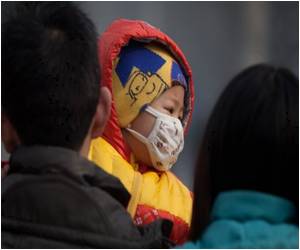
"The study aimed to address a critical gap in understanding why child blood lead levels vary seasonally," said McElmurry. "What we have done is demonstrate that increased blood lead levels in the summer are connected to increased amounts of soil and dust contaminated with lead. This soil is resuspended into the air to a greater extent during the summer than during the winter, hence showing decreased lead levels in children during the winter months."
According to McElmurry, the results of this study place a greater importance on soil contaminated with lead and the need to come up with better remediation to improve children's health.
"Our findings suggest that more attention should be focused on the resuspension of soil contaminated with lead," said McElmurry. "Current efforts focused on lead-based paint have generally been ineffective in reducing the average child's exposure to lead, and our research team recommends primary attention be given to preventing lead exposure from lead-contaminated soil."
Source-Eurekalert











